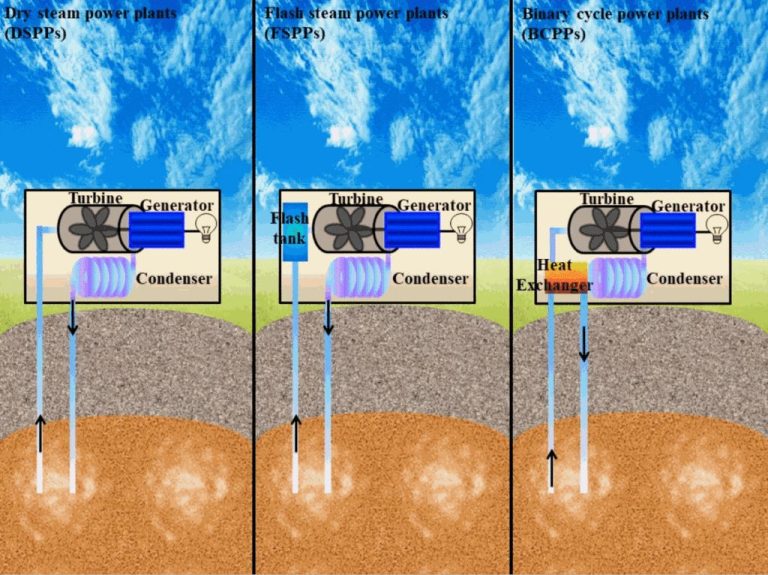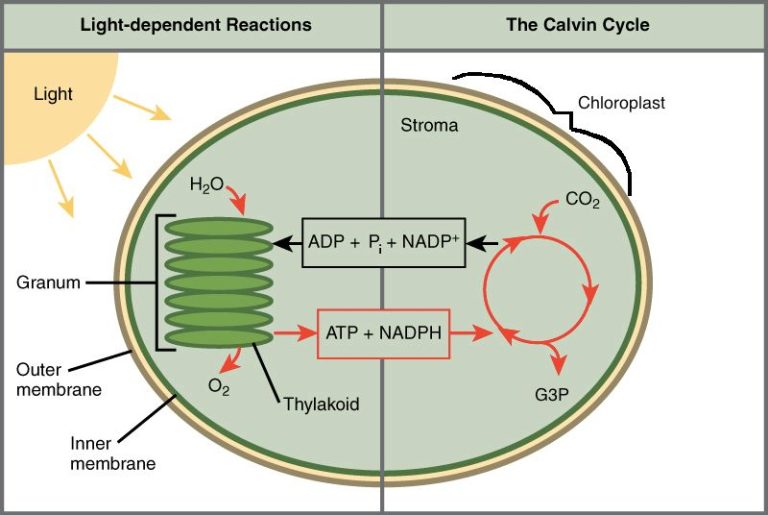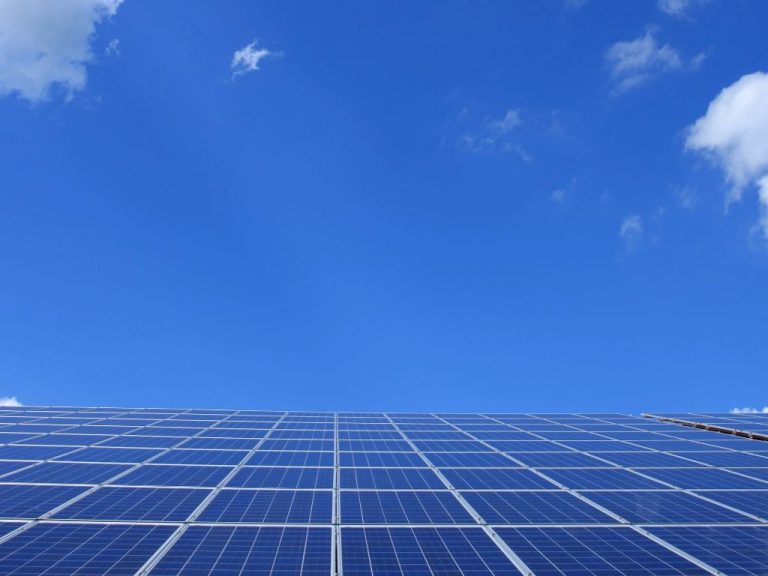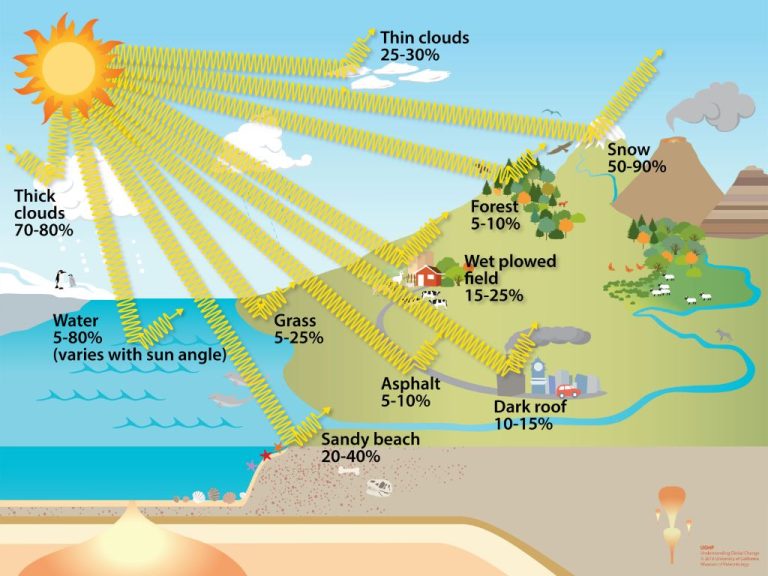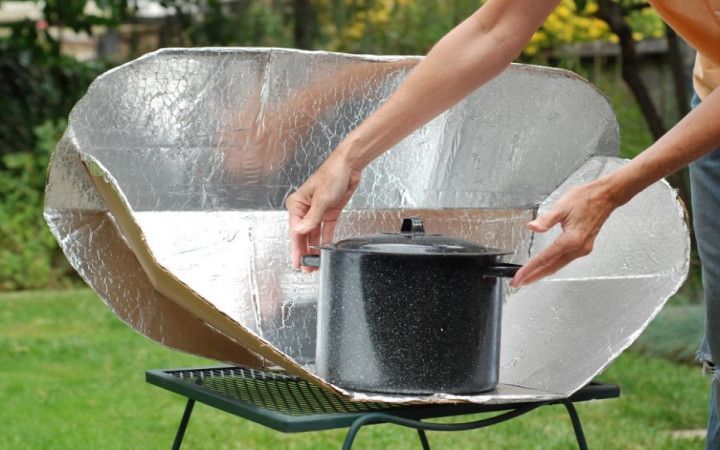What Is The Best System To Clean Solar Panels With?
Keeping solar panels clean is essential for maintaining peak performance and energy production. As solar panels are exposed to the outdoor elements, they can accumulate dirt, dust, bird droppings, pollen, and other debris over time. Even a small layer of buildup on the panels can reduce the amount of sunlight that reaches the cells, lowering power generation efficiency by up to 25% or more.
Regular cleaning helps solar panels operate at maximum capacity to generate the expected amount of electricity. For most homeowners and businesses using solar power, it is important to maximize energy production to realize the full return on investment from their solar panel system. Allowing panels to remain dirty for extended periods can significantly cut into potential energy savings and financial payback.
Establishing a regular cleaning regimen tailored to the climate and environmental factors impacting each unique solar array allows owners to keep their systems running clean. While manual washing remains a viable option, many solar panel owners are turning to automated cleaning systems for hands-free upkeep. This comprehensive guide outlines the most popular and effective methods for keeping solar panels operating at peak performance.
Manual Cleaning
Manual cleaning of solar panels involves using basic tools like soft brushes, squeegees, spray bottles with water, etc. Some pros of manual cleaning include low upfront costs since it only requires basic equipment. It also allows for inspection of the panels up close during cleaning. However, there are several downsides to manual cleaning methods:
Manual cleaning is very labor intensive and requires workers to be on the roof for extended periods, posing potential safety hazards (source). Water runoff from manual spraying can also stain exterior walls and lead to soil erosion. The physical contact from brushes risks scratching or cracking panels, reducing their efficiency. Manual cleaning is also inconsistent, since workers get fatigued and thoroughness varies (source). Overall, while cheap initially, manual cleaning requires frequent repeated cleanings and has higher long-term costs from labor and potential solar panel damage.
Automated Cleaning Systems
Robotic solar panel cleaning systems are automated devices designed to clean dust, dirt, bird droppings, snow, and other debris off of solar panels. They utilize technologies like soft brushes, air jets, electrostatic charging, and vacuums to agitate and remove contaminants from panel surfaces (Solar Panel Cleaning Robot Market Size, Statistics). Popular brands of robotic solar panel cleaners include Ecoppia, Miraikikai, Clean Solar Solutions, and Serbot (Global Robotic Solar Panel Cleaning System Market 2023).
These robotic cleaners offer a number of advantages over manual cleaning. They can clean panels faster and more frequently than human cleaners. Many models are fully autonomous and can be programmed to clean at optimal times. Robotic cleaning helps maintain peak power output from solar installations. It also reduces the costs and risks associated with manual panel cleaning at height (Solar Panel Automatic Cleaning Robot Market Size By 2028).
However, robotic solar panel cleaning does have some downsides. The systems involve significant upfront capital costs, often 5-10 times more expensive than manual cleaning. Complex robotic cleaners require specialized maintenance and technical support. The cleaning mechanisms may also lead to slight surface abrasion of panels over time. Thus, regular inspection of panel condition is recommended (Solar Panel Cleaning Robot Market).
Electrostatic Cleaning
Electrostatic cleaning systems work by applying a small positive or negative charge to dust particles on solar panels, causing them to be attracted to an oppositely charged conductive surface (Panat et al., 2022 https://www.science.org/doi/10.1126/sciadv.abm0078). This allows the dust to be removed without contact or liquids. Companies like Ecoppia use patented electrostatic cleaning technologies in their automated solar panel cleaning robots.
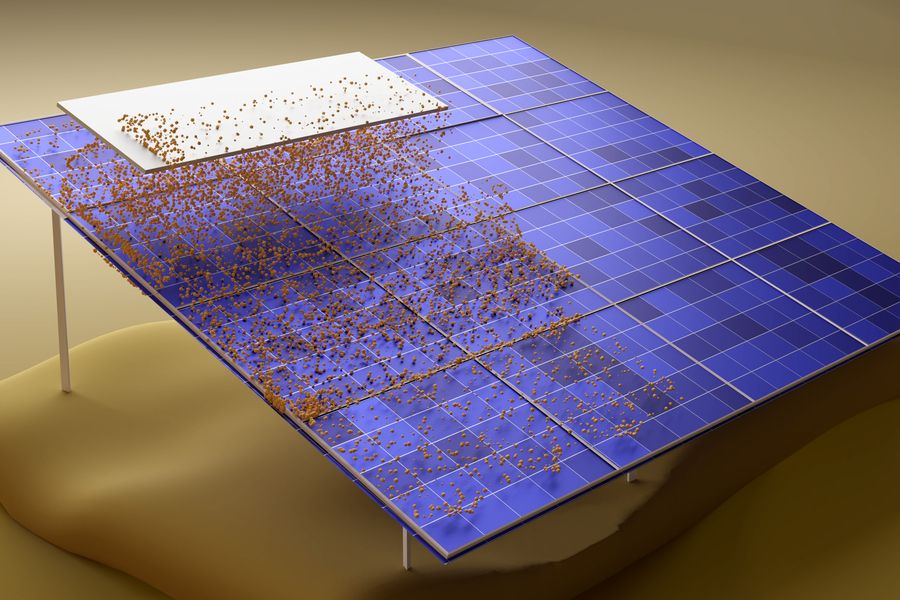
The benefits of electrostatic cleaning include waterless and contactless operation, low costs, and maintenance of high solar panel efficiency. The electrostatic effect occurs naturally via humidity in many environments, but can be enhanced through conductive coatings and charges applied to panels. Automated robots can clean large solar farms without labor costs or production losses. One limitation is that electrostatic cleaning may not remove all types of grime as effectively as direct contact scrubbing.
Hydrostatic Cleaning
Hydrostatic cleaning, also known as water-fed pole cleaning, uses jets of purified water to clean solar panels. This method involves using a long pole with a brush or pad on the end that dispenses a stream of deionized water (water purified to remove ions and minerals). The pressure of the water loosens dirt and dust on the panels while the brush scrubs away any remaining debris (Solar Panel Cleaning With Water Re-circulation and Rain).
The main benefits of hydrostatic cleaning are that it is an effective and eco-friendly method. The purified water ensures no spots, streaks or mineral deposits are left behind on the panels. The long reach of the poles also makes it easy to access all areas of large solar arrays. Hydrostatic cleaning is gentler than some other automated systems, so there is less risk of damaging the panels (Solar Panel Cleaning: Is it worth it? Why, How, and When).
On the downside, hydrostatic cleaning requires more manual labor than fully automated systems. It can be time consuming to clean large solar installations this way. There is also the hassle of refilling tanks of purified water and maneuvering long poles from the ground. Overall though, hydrostatic cleaning provides a safe and effective cleaning solution for solar arrays when performed on a regular basis.
Air Purging Systems
Air purging systems use positive air pressure to clean solar panels. One popular air purging system is SunBrush, which uses compressed air to dislodge dust and dirt particles from solar panels [1]. Air gets blown into the frame of each solar panel, creating a lifting effect that removes accumulated dust and dirt. The air also cools the solar panels to improve energy production.
The main pros of air purging systems are that they require no water, use little electricity, and can clean large solar installations efficiently. Air purging provides a dry cleaning method suitable for arid climates where water is scarce. It also avoids any risks of electrical discharge from using water near solar panels.
The cons are that air purging may not fully remove heavier soiling like bird droppings or mud. The systems also require compressors and installation costs. Overall, air purging provides an effective automated cleaning option for solar farms and large rooftop installations located in dry regions.
Cleaning Solutions
There are a variety of cleaning solutions available for solar panels, ranging from DIY options using common household cleaners to commercial solutions specifically designed for solar arrays (SolarCleano). When choosing a cleaning solution, it’s important to use a product that will effectively remove dirt and debris without damaging the glass surface or components of the panels.
For DIY cleaning, a simple solution of water and mild dish soap can be effective. Avoid harsh chemicals or abrasive cleaners that could scratch the glass. A soft cloth, sponge, or brush with soft bristles should be used. Rinsing thoroughly with water is important after washing to avoid residue buildup. Some recommend following up with a 50/50 mixture of white vinegar and water for streak-free cleaning.
Specialty solar panel cleaning solutions are also available, often marketed as concentrates that can be diluted with water. These are designed to cut through tougher dirt like bird droppings without damaging solar panels. Popular brands include AlcoFreeSolarCleaner, CRC Solar Panel Cleaner, and LP-100 Solar Panel Cleaning Solution (SolarCleano). Using a product formulated specifically for solar arrays can cut down on labor and ensure panels are thoroughly cleaned without damage.
When choosing a cleaning solution, consider ease of use, safety, effectiveness, and cost. Harsh chemicals should be avoided in favor of gentler cleaners. With proper care, DIY household products can effectively clean solar panels at a lower cost than specialty products in many cases.
Frequency of Cleaning
How often solar panels need cleaning depends on several factors like climate, environment, and local conditions. In general, solar panels should be cleaned every 3-6 months to maintain optimal performance.
In hot, dry climates solar panels may only need cleaning 1-2 times per year. Rain can help remove some dust and dirt over time. However, in desert environments dust and sand can build up quickly blocking sunlight, so more frequent cleaning may be needed every 2-4 months (source).
In cold, snowy climates, snow and ice need to be removed to prevent damage and allow sunlight to hit the panels. Care should be taken not to scratch the glass when removing snow and ice. Wintertime cleaning may be needed every 1-3 months.
In temperate or tropical climates with more rain, cleaning every 6-12 months may suffice if rain is regularly removing buildup. However, spots of dirt, bird droppings, pollen or leaves can still block sunlight, so occasional cleaning is recommended.
Solar panels near dusty roads, agriculture, or industry may need more frequent cleaning every 3-6 months to remove particulate buildup. Panels coated with bird droppings or tree sap should be cleaned immediately.
In general, solar panels should be inspected every 1-3 months for dirt and debris buildup. Lower energy production or visible dirt are signs it’s time to clean. Cleaning 2-3 times per year can help maintain optimal solar panel performance.
Costs
The costs of cleaning solar panels can vary greatly depending on the method used and the size of the solar array. Professional manual cleaning typically costs $150-300 for a small residential system and up to $15,000 for a large commercial solar farm, according to Thumbtack (https://www.thumbtack.com/p/solar-panel-cleaning-cost). Automated systems have high upfront equipment costs of $2,000-50,000 but can reduce long-term labor costs. Electrostatic systems may cost $300-600 per panel. One-time chemical cleaning costs around $0.20-0.40 per square foot. Overall, cleaning solar panels has a significant return on investment by preventing production losses of up to 25%. Well-maintained solar arrays can have lifespans of over 30 years.
Conclusion
In summary, the best methods for cleaning solar panels include automated systems like electrostatic or hydrostatic cleaning, which use charged water droplets or static electricity to lift dirt and dust off the panels. Manual cleaning can also be effective if done properly using soft brushes, microfiber cloths, and cleaning solutions specifically designed for solar arrays.
Regular cleaning is critically important for maintaining peak solar panel efficiency and energy production. As little as a light layer of dust can reduce the panels’ output by 5-10%. Over time, dirt buildup from pollen, pollution, bird droppings and other environmental factors can cut power generation by 20% or more if left unchecked.
By staying on top of scheduled cleanings, whether by hand or automated systems, solar panel owners can maximize system performance and return on investment. A clean system generates optimal electricity, saves money compared to reliance on the grid, and helps play a part in the adoption of renewable energy.

